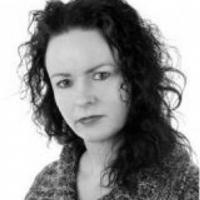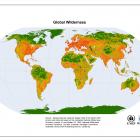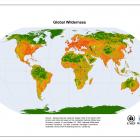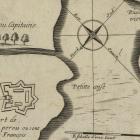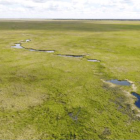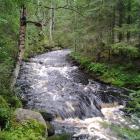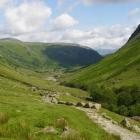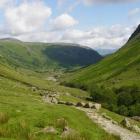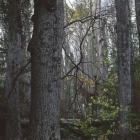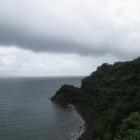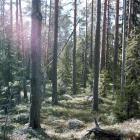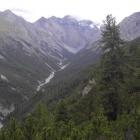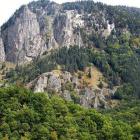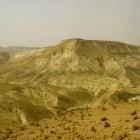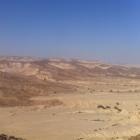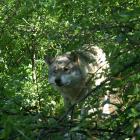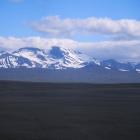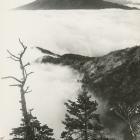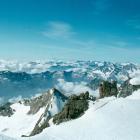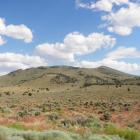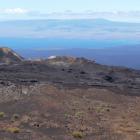Víðerni and Öræfi—Icelandic
In general the idea of wilderness in Iceland is directed towards landscape and uninhabited areas rather than wildlife, since the wild animals of the island regularly cross the borders between the natural and cultural landscape in finding their habitat. Birds live and nest in the cultivated countryside, the original Icelandic mammal, the fox, knows how to live and hide close to a human settlement, and the wild salmon and trout live in rivers which flow through the agricultural areas and towns. Even the river which flows through Iceland’s capital Reykjavik is a natural fishing river.
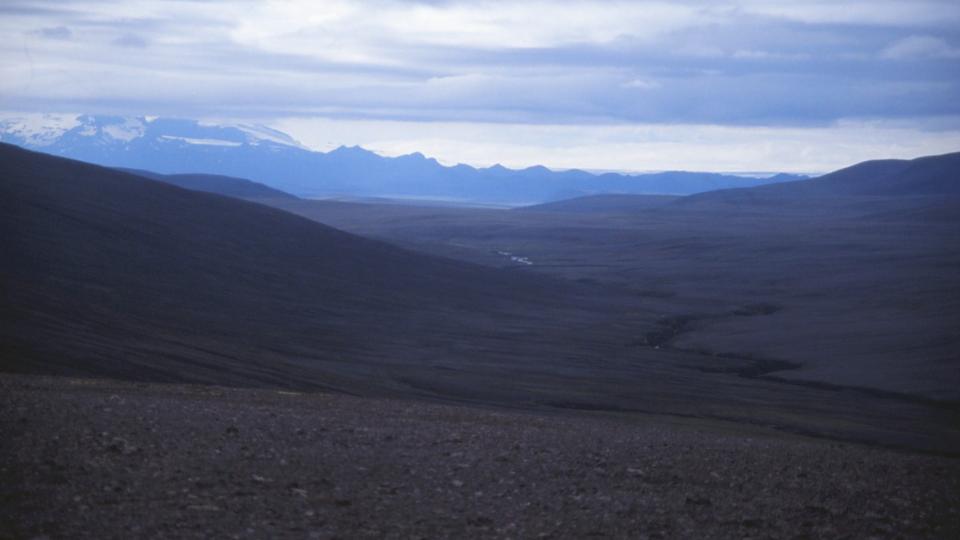
Oræfi Highland. Photograph by Unnur Karlsdóttir, n.d.
Oræfi Highland. Photograph by Unnur Karlsdóttir, n.d.
Photo: Unnur Karlsdóttir
 This work is licensed under a Creative Commons Attribution-NonCommercial-ShareAlike 3.0 Unported License.
This work is licensed under a Creative Commons Attribution-NonCommercial-ShareAlike 3.0 Unported License.
Today the Icelandic term víðerni, is most often used to embrace the modern meaning of the English word “wilderness.” It describes a vast area of wild (“untouched”) nature. It refers to natural landscape as a space, as a visual experience, sublime and aesthetic. And it emphasizes how small we are in comparison to Nature’s creation. In modern Iceland the term víðerni is used to signify the Icelandic central highland. This has to do with the geographical and geological nature of the country. Iceland is a relatively large island, just over 100,000 square km in size. Most of the island is sparsely vegetated, due to volcanic ash and erosion following deforestation and grazing since the country’s settlement in the ninth century. Around 75–80% of the island is considered uninhabitable, in particular the central highland, which covers roughly half of the country. The outlines of Iceland are shaped by mountainous peninsulas, fjords, and bays, and the habitable area is the narrow lowland around the coast and in the valleys. The highland (Icelandic hálendi) rises up in the center: a black desert, lava fields, mountains, glaciers, some vegetated zones, and a few wetland oases. The heavily streaming, murky, milky-white glacial rivers cut through the landscape, having dug their way through rock and soil and created canyons and waterfalls on their way to the sea. The desert-like character of the highland is highlighted in the synonym used to describe it, i.e., the Icelandic noun öræfi, which refers to a region of no use and a hostile environment for humans and animals. The word öræfi is a name given to this kind of nature from the perspective of the farmers, who consider regions with no grass for their livestock to be a nature of no use.
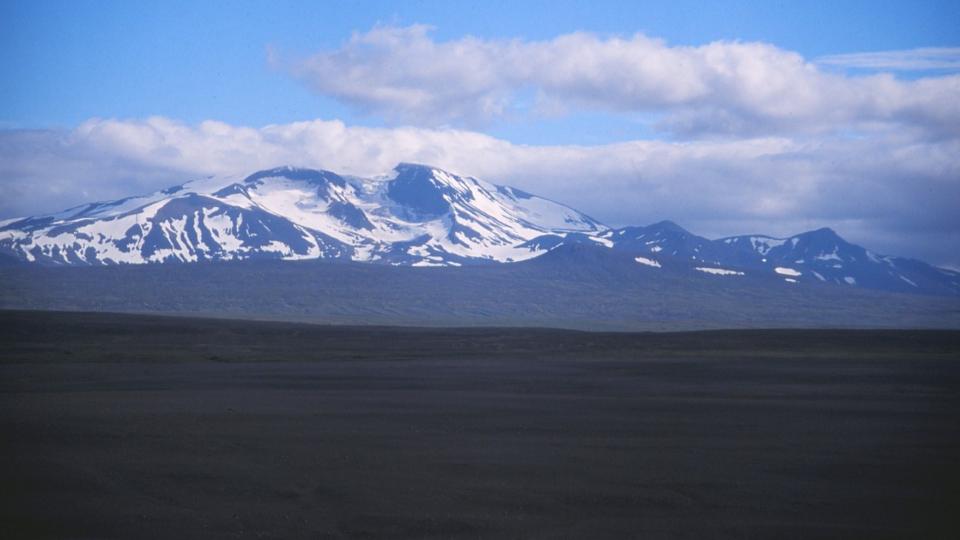
Snæfell mountain. Photograph by Unnur Karlsdóttir, n.d.
Snæfell mountain. Photograph by Unnur Karlsdóttir, n.d.
 This work is licensed under a Creative Commons Attribution-NonCommercial-ShareAlike 3.0 Unported License.
This work is licensed under a Creative Commons Attribution-NonCommercial-ShareAlike 3.0 Unported License.
Iceland was a wilderness when settled, and since Icelanders have a written narrative of the Nordic/Celtic settlement, we have a description of how the settlers perceived its nature and its resources and distributed it between themselves as a property and commons. In that story the central highland was not an inaccessible world unknown or unnamed. Names were given to its parts, to the mountains and glaciers. From early on people crossed back and forth across the highland while riding from one quarter of the island to the other. Furthermore, the use of the vegetated parts of the highland as a summer grazing area for livestock, sheep in particular, also brought humans in contact with this wilderness every year through the centuries. In the latter half of the twentieth century, mountaineering and nature tourism brought this area into focus in a new way, both in an economical and ideological sense. In recent decades it has been praised for its remote and sublime nature and as an essential arena for outdoor experience and recreation for the modern citizen. Today the central highland is seen as an escape from the noisy and hectic world of techno-industrial modernity, an expression of contemporary wilderness romanticism. Thus, in brief, one can say that Icelanders have always had a practical and ideological connection to their country’s wilderness.
What does wilderness mean in your language? Browse “Wilderness Babel” via the map.
Live map showing the location of the languages featured in the virtual exhibition. What does wilderness mean in your language? Browse “Wilderness Babel” via the map.


